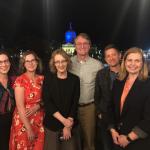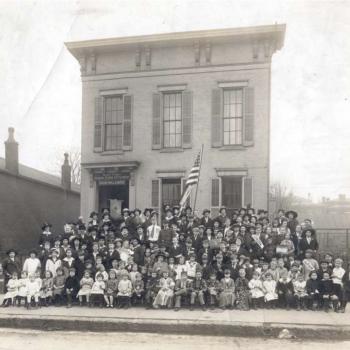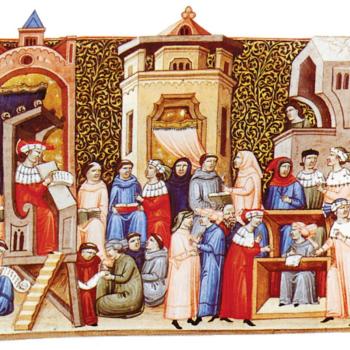I applied to history PhD programs twice. I was actually admitted to a couple very good programs the first time, with only a BA under my belt. I visited one of them on campus. While I was there, I came to the conclusion that there was nothing wrong with the program, but there was something wrong with me. I wasn’t ready. Specifically, I wanted to spend more time reflecting on how to integrate my identity as a Christian and my vocation as a historian. (I had attended a secular undergraduate institution.)
So I turned down a fully funded PhD offer and paid to go to seminary. This is one of the scarier decisions I have ever made in faith, and it worked out for me, as I was subsequently admitted to Notre Dame. (I warn students that my story does not necessarily generalize!)
Before making this decision, I had visited two seminaries. Both are high-quality evangelical institutions, but in person it was like the first institution was in black and white and Gordon-Conwell Theological Seminary was in color.
It’s hard to pin down what lies behind an assessment like that, but I could identify at least three things:
- Most importantly, there was a spirit of service that shot through everything on campus. I love learning for learning’s sake, and got the sense that in that environment I would be formed to view my learning as in service to others. This may have also been true in the other location, but I perceived it particularly clearly at GCTS.
- There was a vibrant community—including for women, and for singles in general. This is RARE in a theological seminary, and was not true in the other location, which catered more to married men.
- The campus was beautiful. This was also not true in the other location. My intention was to set aside a couple years of my life for in-depth reflection, and physical environment affects me quite a lot, so this was no small consideration.
So I was saddened to learn that Gordon-Conwell is selling that residential campus, a lovely 102-acre retreat north of Boston. The seminary’s classrooms and offices will relocate to Boston, where students for the time at least can find their own lodging.
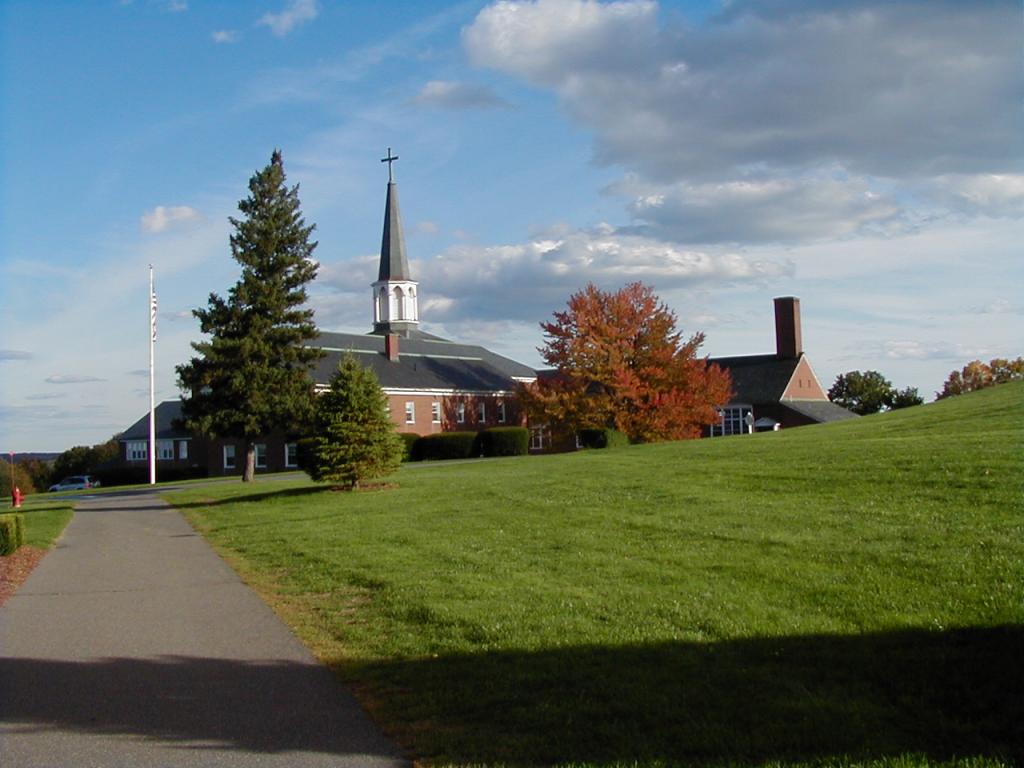
I don’t blame seminary leadership for this decision. They are doing it for financial solvency. Financial reality is what it is, and the times have also changed quite dramatically since I graduated in 2005. A Christianity Today article noted that “Gordon-Conwell’s enrollment has declined from 1,230 full-time equivalent students in 2012 to 633 in 2021.” Additionally, 60% of students who attend classes at the South Hamilton campus now live elsewhere. Selling a bucolic residential campus does not involve compromising the intellectual or spiritual quality of classroom education. And an urban setting also has different advantages for ministry training.
But that’s not to say that nothing is lost.
The seminary is committed to maintaining “community” but has not specified, likely and fairly because it does not know, whether it will continue to provide communal housing for students. I want therefore to offer a tribute as to what I gained from my residential experience on the South Hamilton campus:
I have never regretted the decision to take on debt to earn an MA in Church History from Gordon-Conwell. For two years I lived in community with hundreds of other broadly evangelical Christians diving into Scripture (including Greek!), theology, ethics, and church history. I even received basic training in pastoral counseling. In addition to reflecting on how my faith shaped my vocation as a historian, I intentionally trained myself to be a lay Bible teacher in the church, a role in which I have continued to serve ever since. (I also recently, and for the first time, got to guest lecture in a seminary course—on women in church history—at Baylor’s Truett Theological Seminary!)
I did all this training on a campus consisting of several buildings, beautiful trees and flowers, and a lot of grass. A LOT of grass, specifically in hill form, which was glorious when it snowed. Which was often. Campus was tucked away within a fairly wealthy neighborhood, but rent in my dorm was so cheap that I joked it was the one and only time in my life I could afford to live on the North Shore of Boston. That’s actually not a joke. That was definitely the only time.
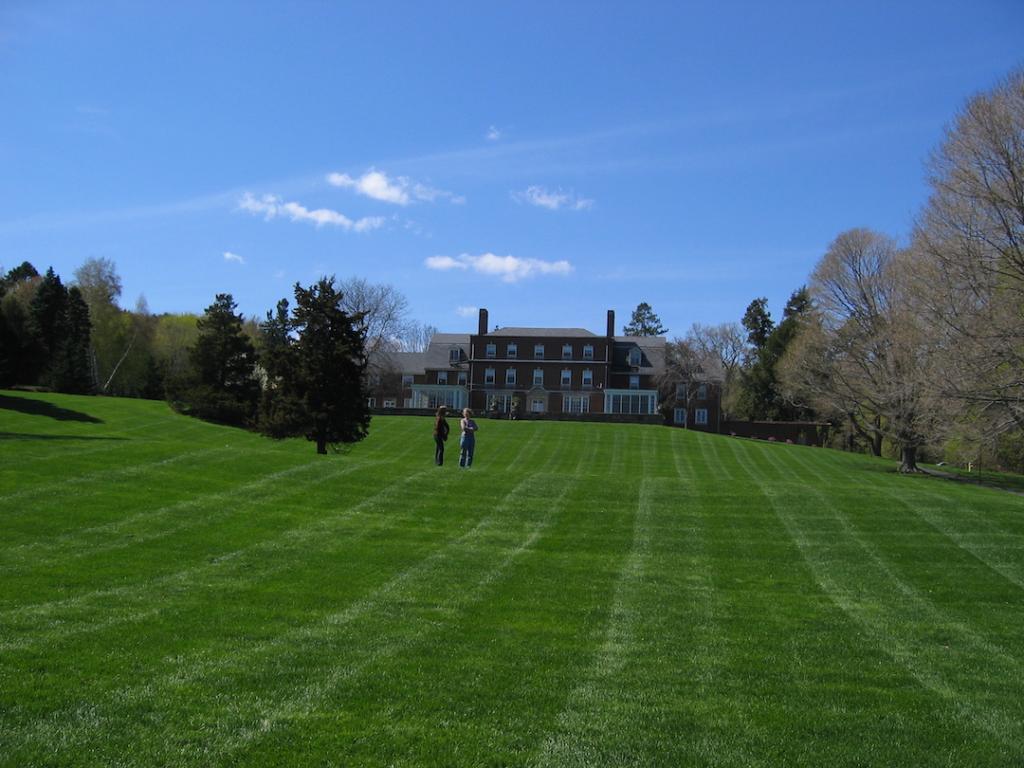
Specifically, I lived in the aptly named “Retreat House.” Retreat House was one of two dorms on campus for single women. Let me repeat: this was a theological seminary that maintained two dorms for single women. Retreat House was literally a converted mansion (we lived on floors two and three while the President’s family lived on floor one). The two years I spent in this environment were indeed a retreat: unhurried time sequestered in a peaceful location for reflection on the deepest things of life before launching back out into the world to pursue the vocation to which God had called me.
As any student life professional could tell you, learning takes place not only inside the classroom but also in communal life. I had some truly wonderful courses, but the conversations I had outside class ranked up almost as high in my intellectual and spiritual formation.
Everyone at seminary is a graduate student, so seminaries aren’t rolling in graduate assistants. Hence larger intro courses could not break up into smaller discussion sections. As a graduate of Princeton, which has emphasized “precepts” (discussion sections) ever since Woodrow Wilson pioneered them there in the early twentieth century, I considered discussing the material essential to education. So my friends and I did—every day in the seminary cafeteria, where we all ate both lunch and dinner.
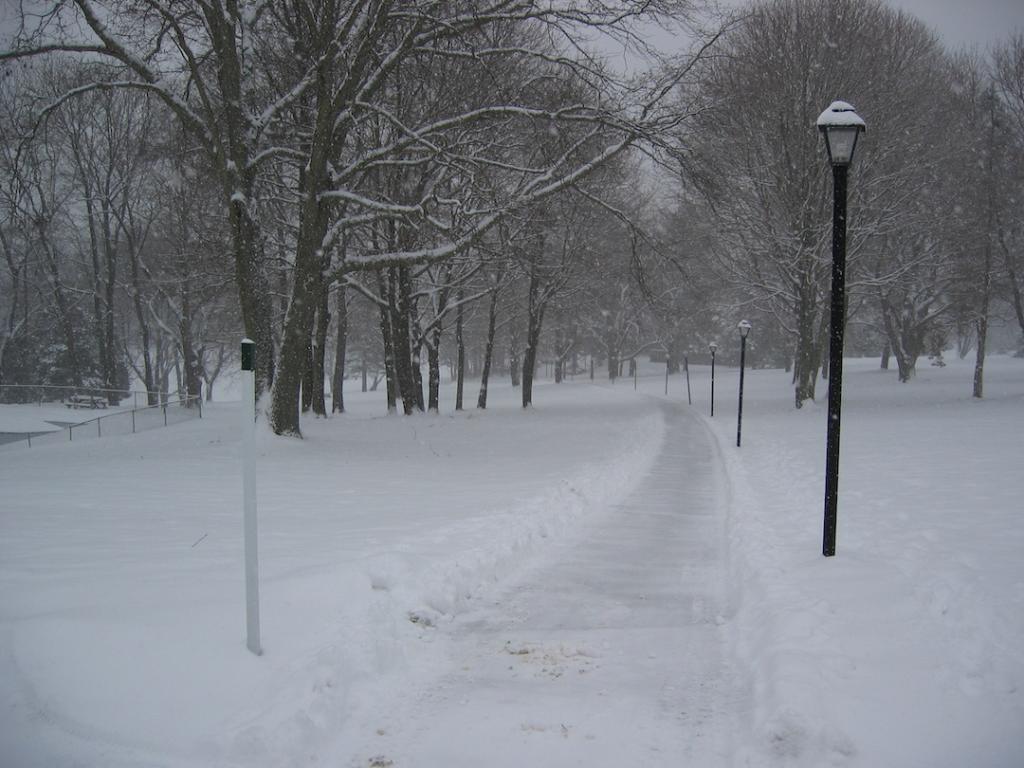
And simply living together is its own form of education. United around a robust but essentialist statement of faith, Christians with diverse personalities, backgrounds, racial identities, callings, and convictions on secondary issues rubbed elbows daily as we tried to discern what was true, how to love, and to what areas of service God was calling each of us.
We did this through study and conversation, through our involvement in our local churches, but also through the recreation that builds a common life—sledding, frisbee, and foosball. The seminary had one foosball table, and everyone became an expert.
I should note that it was not a perfect utopia: although a fair number of Asian and Asian-American students and professors worked alongside many white colleagues, at the time the community included few African Americans. The percentage of women and variety of ethnicities represented by the seminary’s present faculty now even more closely reflects the Kingdom of God.
I graduated Gordon-Conwell seventeen years ago. I am still in close contact with seven seminary friends—and their families—and somewhat regular contact with three others. And by close contact I mean a daily discussion thread on a messaging app and roughly biannual reunions. Today these ten people are Baptist, Anglican, Orthodox, Presbyterian, Lutheran, and Evangelical Covenant. They are female and male, egalitarian and complementarian, single and married, rural and urban. They are academics, teachers, pastors, and stay-at-home moms. All have retained a robust faith in Christ and local church involvement for the past seventeen years.
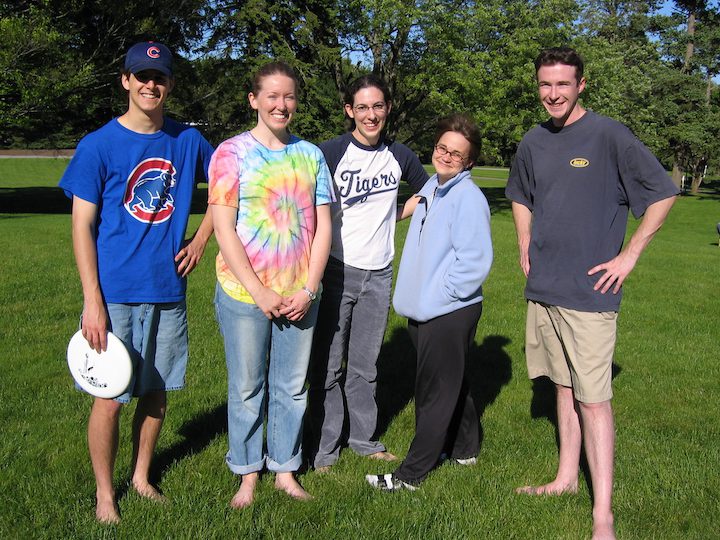
The environment that produced this level of community can perhaps be created without a residential campus. Our graduate history program at Baylor is characterized by a similar level of community despite the fact that only some students live in campus housing—and here all credit goes to the students themselves. But our program is small, around 30 students, and hence they are all thrown together regularly. A seminary educating hundreds of students will have to be very creative to recreate these smaller communities without residential housing.
Other broadly evangelical seminaries like Gordon-Conwell have suffered similar financial strain in the past decade, with Fuller Theological Seminary and Trinity Evangelical Divinity School undergoing different but parallel cost-cutting measures. But these institutions provide a unique education, and one that I would argue is of peculiar value in our current polarized cultural moment. Denominational seminaries enable more in-depth exploration of a particular tradition, but can risk forming students not as adept at separating essentials from non-essentials or as practiced at cooperating with theologically and politically diverse members of the Body of Christ.
To be frank, if they are evangelical, denominational seminaries are also far less likely to provide robust community for women than evangelical seminaries that serve multiple denominations. They are also far less likely to have multiple women on faculty, essential not only to serve as role models for female students but also to train future male church leaders to listen to and learn from women. (Truett is an exception.)
I would not be honest if I didn’t include this: I have not been a major donor to Gordon-Conwell, or to any of my other educational institutions, despite the fact that I have loved them all—St. Stephen’s Episcopal School in Austin, Princeton, Gordon-Conwell, and Notre Dame—and they have all played a huge role in making me who I am today. I have always figured that I give back to the field of education by being an educator, and so I donate my money to other causes. But I have also always assumed they would always be there. Perhaps this was a mistake.
I hope that the great privilege of growing in the faith in some version of the seminary environment that I experienced can be retained for future generations.


